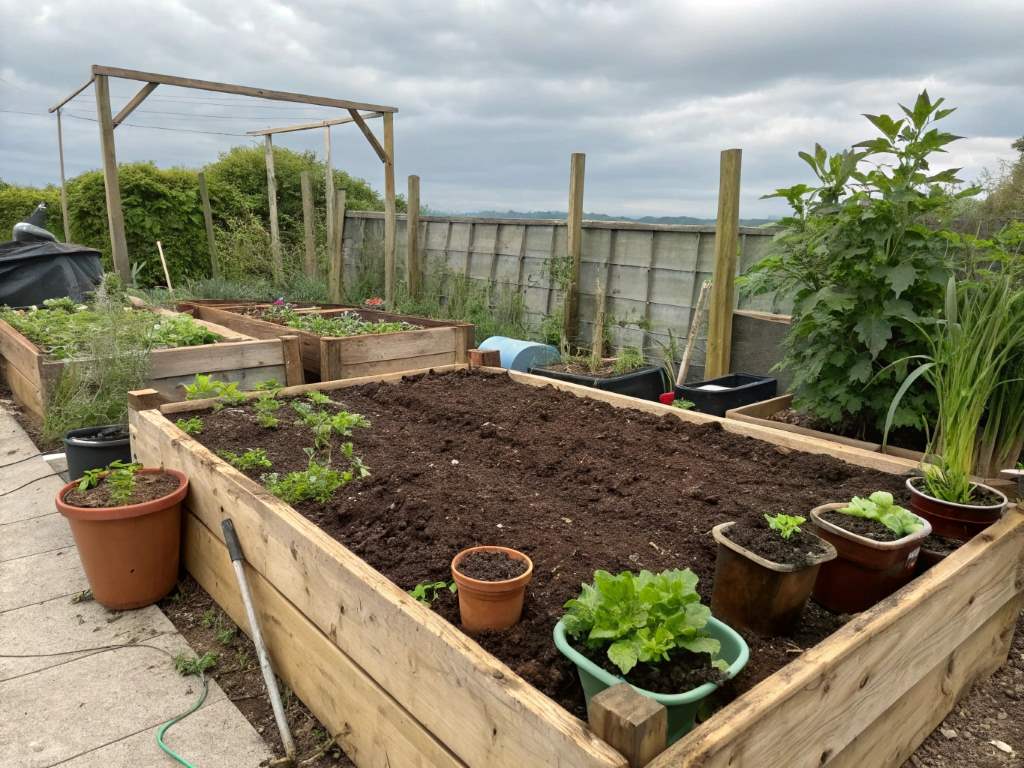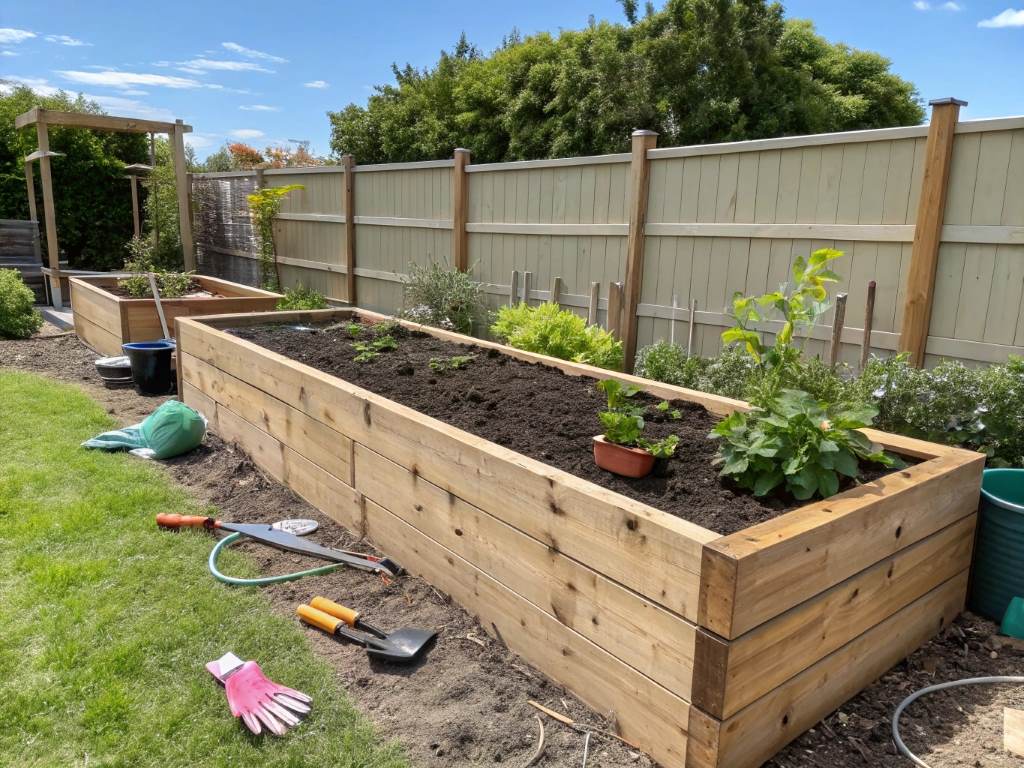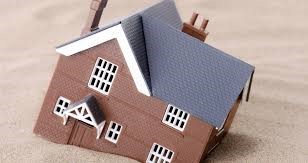Gardening brings joy, fresh produce, and a connection to nature. However, filling a raised garden bed can get pricey if you’re not careful. The good news? You can create a thriving garden without breaking the bank. This guide shares practical, cost-effective ways to fill your raised garden bed while ensuring healthy plants. Whether you’re a beginner or a seasoned gardener, these tips will save you money and effort. I’ve personally transformed my backyard using these methods, and I’m excited to help you do the same. Let’s dive into affordable solutions that work.
Why Raised Garden Beds Are Worth It
Raised garden beds offer excellent drainage, better soil control, and fewer weeds. They’re perfect for small spaces or poor native soil. According to a 2023 study by the National Gardening Association, 35% of U.S. households now grow food at home, with raised beds being a top choice for their efficiency. However, the cost of soil and materials can add up fast. A typical 4×8-foot bed might need 32 cubic feet of soil, costing $50–$100 if you buy premade mixes. Fortunately, you can cut that expense in half with smart strategies. My first raised bed taught me that creativity beats a big budget every time.
Assess Your Garden Bed Size and Needs
Start by measuring your raised bed’s dimensions—length, width, and height. Multiply these numbers (in feet) to calculate the cubic feet of material needed. For example, a 4x4x1-foot bed requires 16 cubic feet. Next, consider what you’ll grow. Root vegetables like carrots need deeper, looser soil, while herbs thrive in shallower mixes. Knowing this helps you avoid overfilling with expensive materials. I once overfilled a bed for lettuce and wasted $20 worth of compost. Lesson learned: match the fill to the plants. This step sets the foundation for cost-saving choices. For a small place owner, try this way, how to grow strawberries in pots.
Use the Hugelkultur Method for Free Fill
Hugelkultur, a German technique, layers logs, branches, and twigs at the bottom of your bed. These decompose over time, providing nutrients and retaining moisture. Find fallen branches or pruned wood from your yard—free and sustainable. A 2022 report from the University of California Agriculture Division notes that hugelkultur can reduce watering needs by up to 30%. I filled half my 4×8 bed with old logs and sticks from a storm cleanup. Top it with soil, and you’ve slashed costs while boosting soil health. It’s a win-win for your wallet and the environment.
Source Free or Cheap Base Materials
The bottom layer doesn’t need fancy soil. Use what’s available locally. Check with neighbors for grass clippings, leaves, or cardboard—great for bulk and weed suppression. Many cities offer free wood chips or compost through municipal programs. For instance, my town’s recycling center provides free mulch, saving me $30 per bed, which I also use around the railings in your garden to keep the area tidy. Avoid fresh manure or untreated wood, as they can harm plants. Layer these materials 6–12 inches deep, depending on bed height. This approach cuts costs dramatically while creating a solid foundation for upper layers.
Mix Your Own Soil Blend
Buying premade garden soil is convenient but expensive. Instead, mix your own. A classic recipe is 50% topsoil, 30% compost, and 20% aeration material like perlite or sand. Topsoil costs $10–$20 per cubic yard at hardware stores—far cheaper than bagged mixes. Compost can come from your kitchen scraps or local farms. I started composting veggie peels and coffee grounds, reducing my need for store-bought stuff. Add sand from a nearby creek (if legal) or buy it cheap in bulk. This DIY blend saved me $40 on my last bed.
Find Affordable Compost Alternatives
Compost is essential for nutrients, but it doesn’t have to cost much. If you don’t compost yet, ask coffee shops for used grounds or restaurants for veggie scraps. Some farms sell compost for $5–$10 per load if you bring a bucket. According to the EPA, composting reduces landfill waste by 30%, making it eco-friendly too. I once scored free compost from a neighbor’s horse stable—just shoveled it myself. Mix it with leaves or straw to stretch it further. These options keep your soil rich without draining your bank account.
Leverage Local Resources and Community Help
Your community is a goldmine for cheap gardening supplies. Join local gardening groups on platforms like Facebook to trade materials. Someone’s excess dirt could be your treasure. Craigslist often lists free fill dirt or mulch—check the “free” section. I swapped extra seedlings for a bag of compost once, and it felt like a victory. Libraries sometimes offer free workshops with handouts like seeds or soil samples. Tapping into these resources builds connections and keeps costs low. It’s amazing what people share when you ask.
Add Nutrients Without Breaking the Bank
Plants need nitrogen, phosphorus, and potassium to thrive. Commercial fertilizers are pricey, but alternatives exist. Crushed eggshells add calcium—free from your kitchen. Banana peels, buried shallowly, release potassium as they break down. A 2021 study by Cornell University found that organic waste like these can cut fertilizer costs by 25%. I toss eggshells and peels into my beds every season, and my tomatoes love it. Coffee grounds, rich in nitrogen, are another free boost. These hacks enrich soil naturally while keeping your budget intact.
Top It Off With Mulch for Savings
Mulch protects soil, retains moisture, and prevents weeds. Buying it costs $3–$5 per bag, but you can do better. Use grass clippings (pesticide-free), shredded leaves, or straw from a local farmer. I get free wood chips from a tree service—enough for three beds. A University of Florida study shows mulching cuts water use by 20%, saving money long-term. Spread a 2–3-inch layer over your soil. It’s a cheap finishing touch that pays off in healthier plants and less maintenance.
Maintain Your Bed on a Budget
Once filled, keep your bed thriving affordably. Rotate crops yearly to prevent nutrient depletion—corn one year, beans the next. Add compost annually from your pile. Water with a rain barrel to cut utility bills; I’ve saved $15 monthly this way. Pull weeds early to avoid buying herbicides. My first bed lasted three years with minimal upkeep because I stayed proactive. Maintenance doesn’t have to be expensive if you plan ahead. These habits stretch your initial investment further.
Conclusion
Filling a raised garden bed cheaply is totally doable with creativity and resourcefulness. From hugelkultur to DIY soil mixes, these tips save money without sacrificing quality. My own garden journey proves you don’t need deep pockets—just smart strategies. You’ll enjoy fresh veggies, lower grocery bills, and the pride of a thriving plot. Ready to get started? Try these ideas and watch your garden flourish. Share your experience or budget hacks in the comments—I’d love to hear them! Spread the word by sharing this guide with fellow gardeners.
FAQs
How much does it cost to fill a raised garden bed cheaply?
With free materials like logs and compost, you can fill a 4×8 bed for under $20.
What’s the cheapest way to fill a raised garden bed?
Use logs and branches, topped with homemade soil and free mulch.
Can I use yard waste to fill my garden bed?
Yes, dry leaves, grass clippings, and twigs work great as a base layer.
Where can I find free gardening materials?
Check municipal programs, local farms, or online groups for free compost and mulch.
How often should I refill my raised garden bed?
Top off with compost yearly; the base lasts 3–5 years with proper care.





